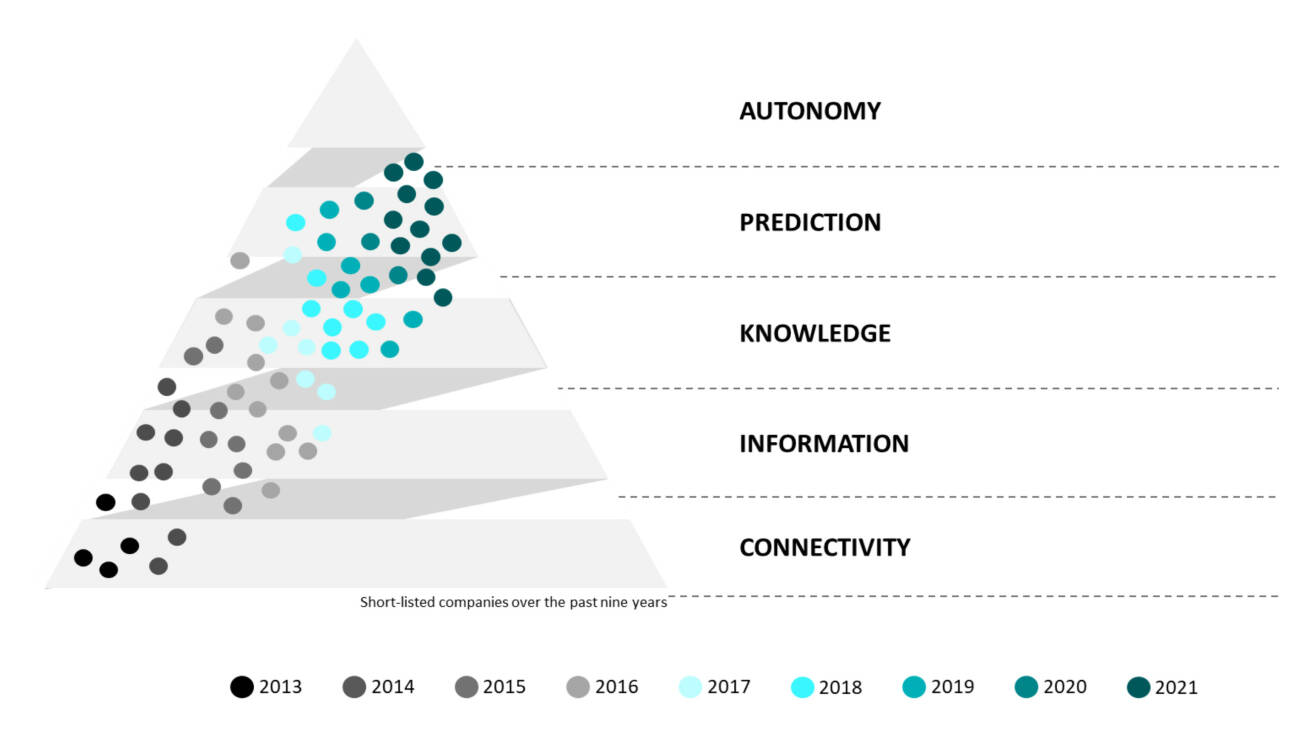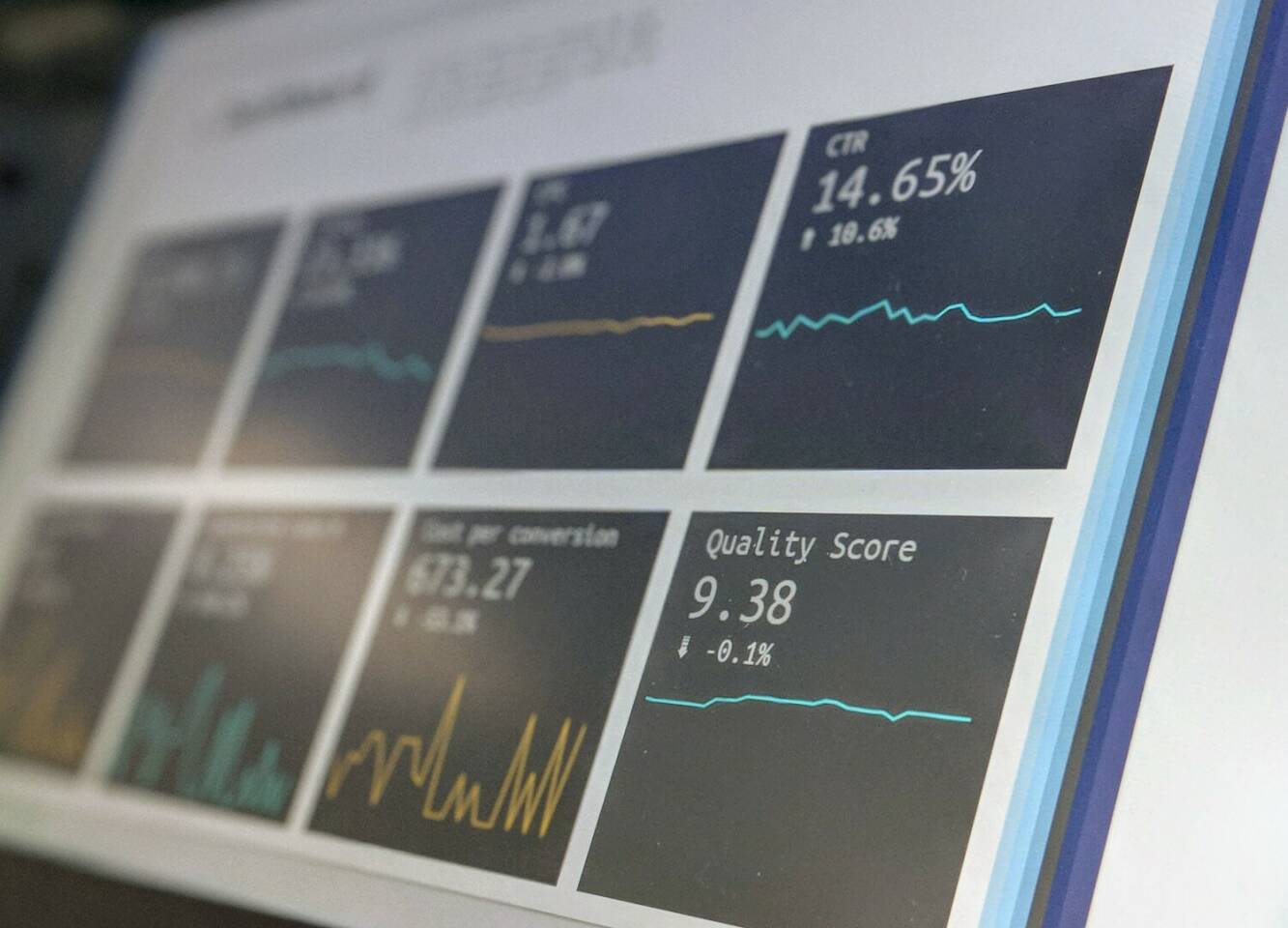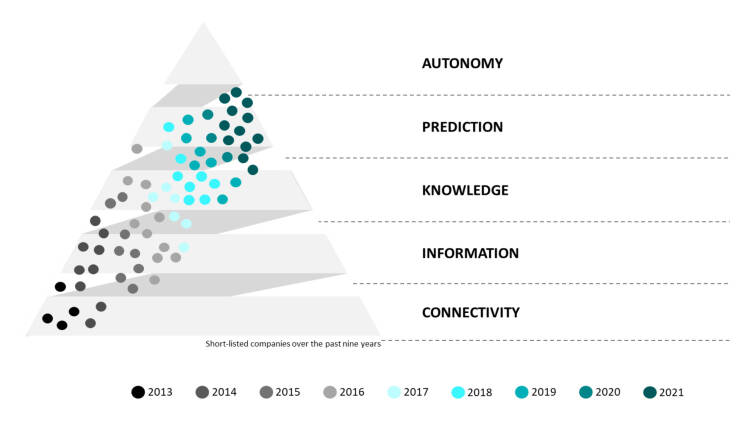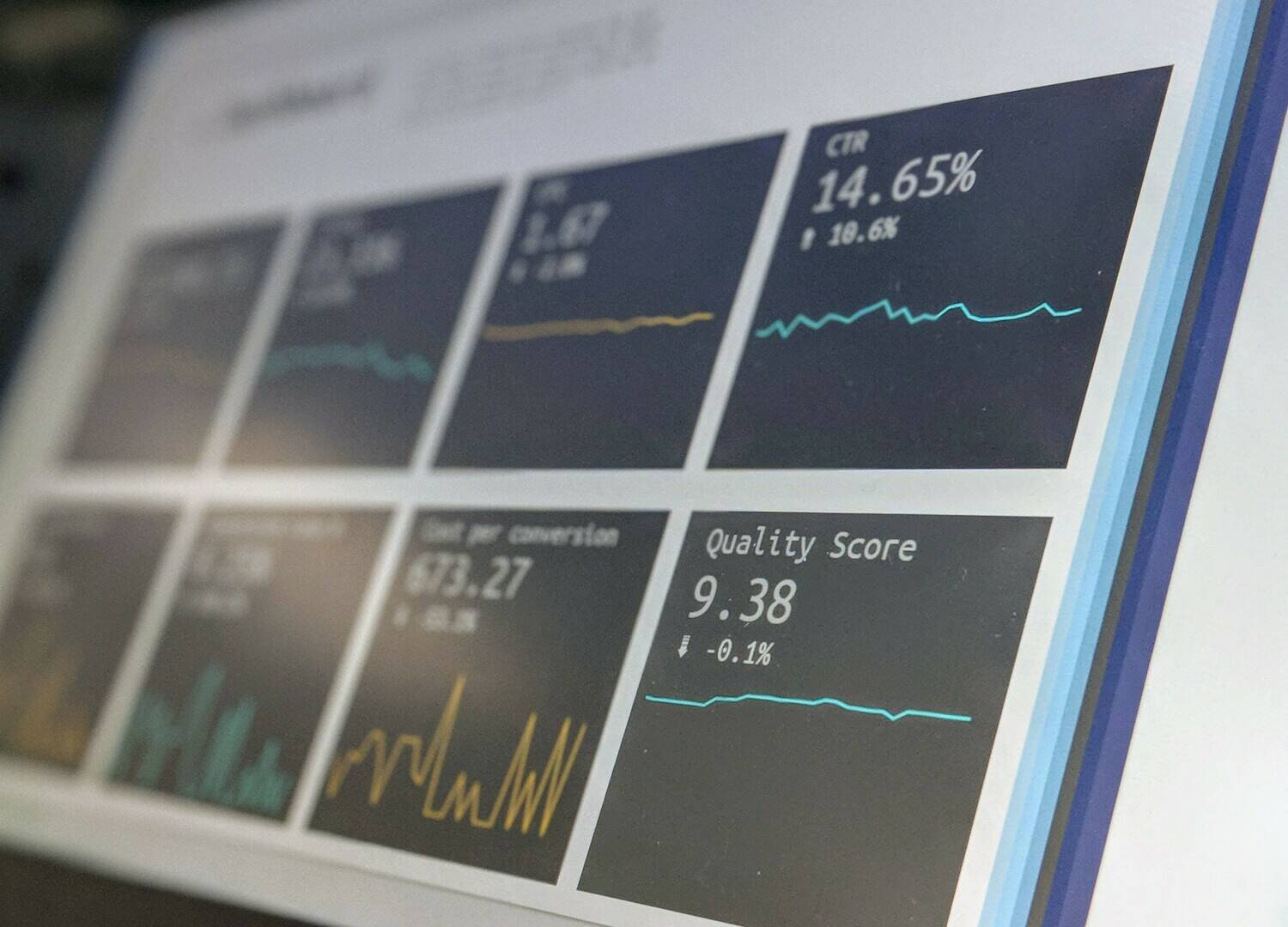

Solution
As the baby boomer generation moves into retirement over the next few years, the chemical industry is going to lose a huge number of older employees. Automation may not be able to replace all these workers, but it is providing a range of solutions that will certainly help.
For example, the knowledge held by these experienced staff can be fed into new digital solutions that will optimize production processes. Robotic solutions can also reduce the physical demands placed upon operators and redefine these roles to make them more attractive to a new generation of employees.
To gain the maximum benefit from automation, however, organizations will need to create the right conditions for success.


Demographic challenges
Vice President
EFESO Consulting
Michiel van den Boomen

Vice President and Global Chemicals Lead
ROI-EFESO
Fernando Cruzado


Reducing dependency on physical labor through automation

Developing proof of concept for the global deployment of predictive maintenance
Take a look at how we helped some clients achieve rapid energy transformation

Take a look at how we helped some clients achieve rapid energy transformation

Reducing dependency on physical labor through automation

Developing proof of concept for the global deployment of predictive maintenance
Vice President
EFESO Consulting
Michiel van den Boomen

Vice President and Global Chemicals Lead
ROI-EFESO
Fernando Cruzado

Demographic challenges

As the baby boomer generation moves into retirement over the next few years, the chemical industry is going to lose a huge number of older employees. Automation may not be able to replace all these workers, but it is providing a range of solutions that will certainly help.
For example, the knowledge held by these experienced staff can be fed into new digital solutions that will optimize production processes. Robotic solutions can also reduce the physical demands placed upon operators and redefine these roles to make them more attractive to a new generation of employees.
To gain the maximum benefit from automation, however, organizations will need to create the right conditions for success.
Solution

